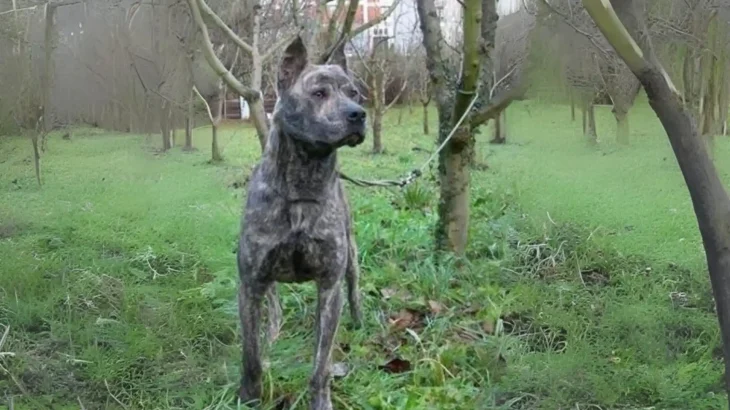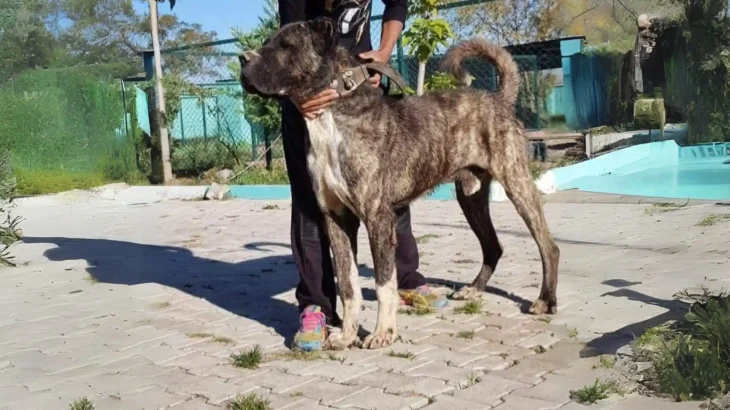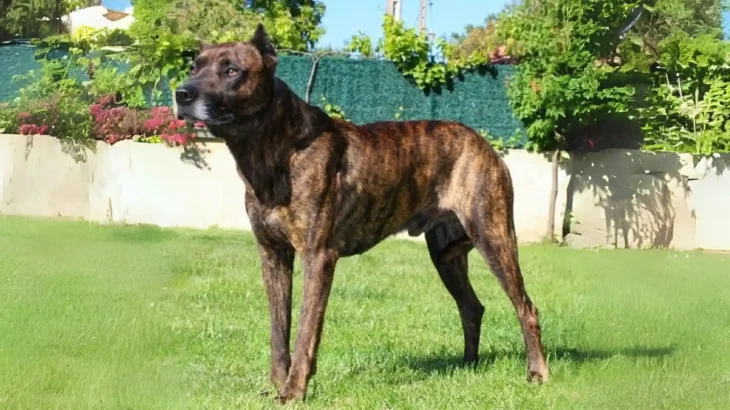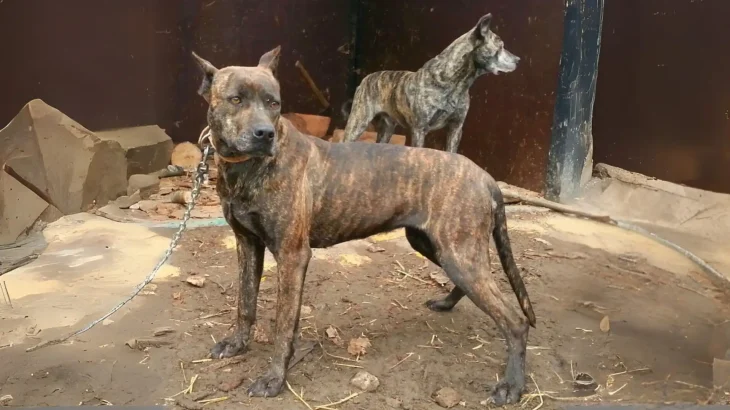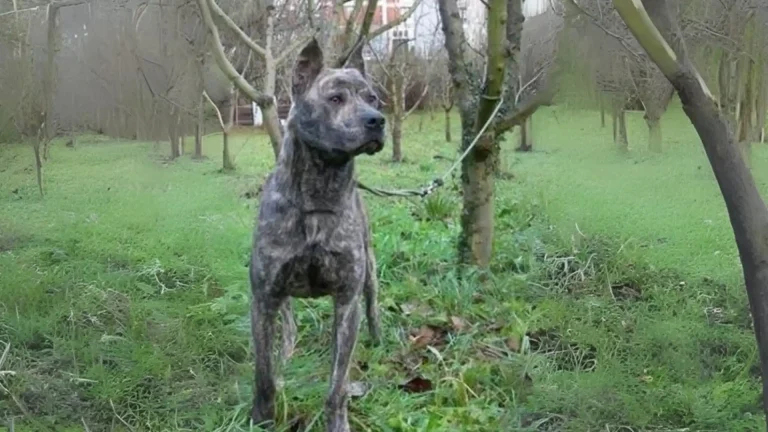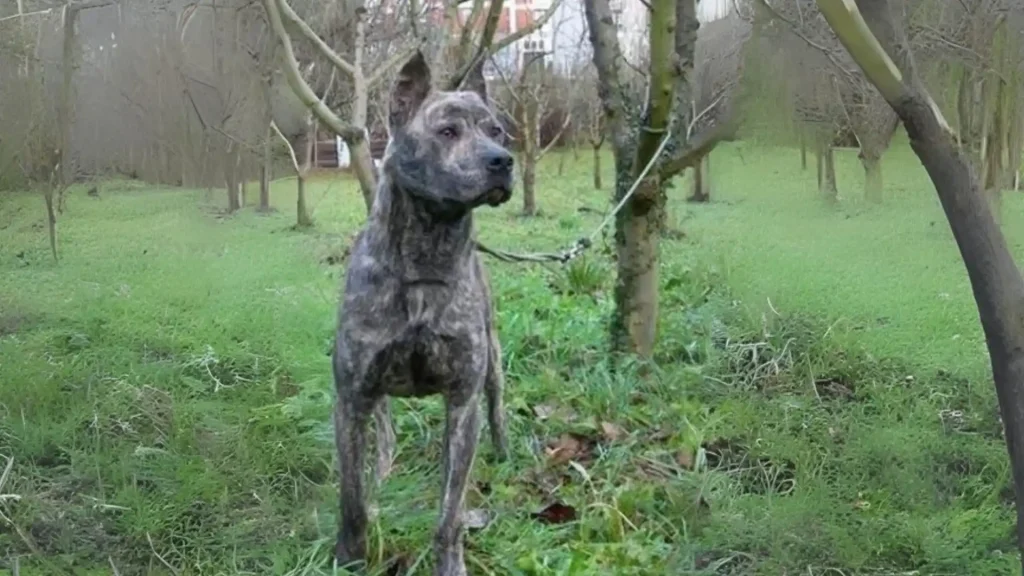Choosing between adopting or purchasing a Villano de Las Encartaciones puppy means considering the certainty of breed traits versus giving a dog in need a home. Buying from a breeder usually guarantees pedigree and health details, while adoption can be more affordable and compassionate but may have less background info.
Adoption vs. Breeder: Pros & Cons
| Criteria | Buying from Breeder | Adopting from Shelter/Rescue |
|---|---|---|
| Cost | Higher price reflecting purebred status and breeder efforts. | Lower fee, more budget-friendly, supports rescue. |
| Health History | Usually detailed health records and screening. | Health info may be limited or unknown. |
| Age Availability | Mostly puppies, allows early bonding and training. | Varied ages, including adults that may settle faster. |
| Temperament Insight | Breeders often provide lineage and early socialization details. | Shelter staff may offer behavioral observations but histories may be incomplete. |
| Supporting Practices | Supports breed preservation with ethical breeders. | Promotes animal welfare by rehoming dogs. |
| Breed Purity & Pedigree | Guaranteed pedigree and documented lineage. | Possibly mixed or unknown lineage, purity not ensured. |

